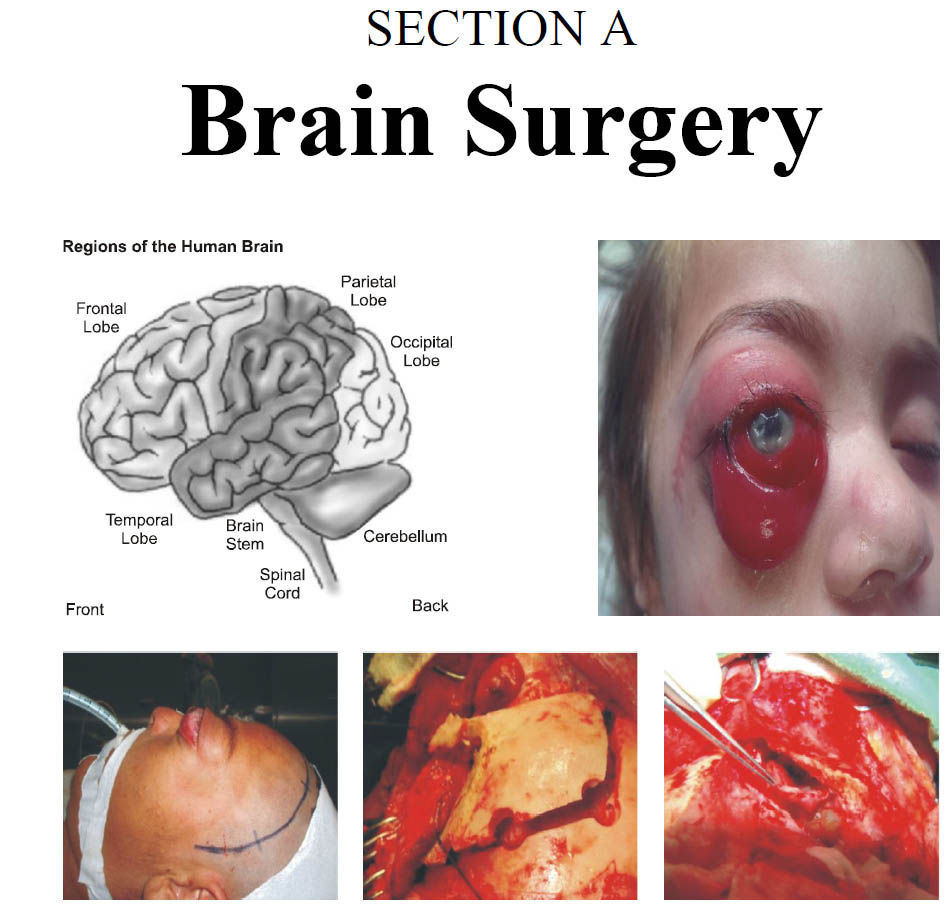Six Months’ Analysis of Head Injury due to Motor Bike Accidents in Punjab Institute of Neurosciences (PINS), Lahore
Keywords:
Head injury, Motorbike accidentsAbstract
Objectives: To analyze the head injury with special emphasis on motor bike accidents, different age groups affected and its impact on society. The study was conducted at the Neurosurgical unit 1 PINS, Lahore, for six month duration.
Material and Methods: This is a prospective study. In this study 1600 cases of head injury due to motor bike accidents who presented in thecausality department of Neurosurgical Unit 1 were studied.
Results: A total of 1600 cases were included caused by motor bike accidents from May 2018 to October 2018. Most common age group was 12 to 45 years 1056 (66%) of cases, above 45 years 448 (28%) cases, children 0-11 years 96 (6%) cases. In gender distribution 1280 (80%) males and 320 (20%) females. There were only 256 (16%) wearing helmets and 1344 (84%) without helmets. Severity of injury sustained in all cases was: GCS = 13-15 in 1088 (68%) cases; GCS = 9-12 in 368 (23%) cases and GCS = 3-8 in 144 (9%) cases.
Conclusion: Head injury due to motor bike accidents is involving the most productive age and increasing the burden on family and health care system. Strict implementation of traffic rules and use of helmets can reduce the incidence.
References
2. Navdeep S S, Vikas R, Yashir D, Sarvpreet S. Grewal. Factors predicting outcome in patients with severe head injury: Multivariate analysis; The Indian journal of Neurotrauma, 2012; 9: 45-48.
3. Stuart GG, Merry SG, Yelland JDN. Severe head injury managed without intracranial pressure monitoring; J Neurosurg. 1983; 59: 601-605.
4. Pfenninger J, Kaiser G, Lutschg J, Sutter M. Treatment and outcome of severly head injured child. Intensive Care Med. 1983; 9: 13-16.
5. Abdullah AL-Kuwaiti, Ashraf F Hefny, Abdelouahab Bellou, Hani O Eid, Fikri M Abu-Zidan; Epidemiology of head injury in the United Arab Emirates; Ulus Travma Acil Cerrahi Derg. 2012.
6. Marshall LF, Becker D, Bowers Sa, Gross Rg. The national traumatic coma bank. Part 1: design, purpose, goals, results. J Neurosurg. 1983; 59: 276-284.
7. Liu BC, Ivers R, Norton R, Boufous S, Blows S, Lo SK. Helmets for preventing injury in motorcycle riders. Cochrane Database Syst Rev. 2008 Jan. 23.
8. Cody S. Olsen, Andrea M. Thomas and Lawrence J.Cook. Motorcycle helmet effectiveness in reducing head, face and brain injuries by state and helmet law, 2016 Dec; 3 (1): 8.
9. Mathias Ogbonna Nnanna Nnadi, Olufemi Babatola Bankole and Beleudanyo Gbalipre Fente. Motorcycle-Related Traumatic Brain Injuries: Helmet Use and Treatment Outcome. Neurosci J. 2015; 2015: 696787.
10. H. C. Nwadiaro, K. K. Ekwe, I. C. Akpayak, and H. Shitta, “Motorcycle injuries in north-central Nigeria,’’ Nigerian Journal of Clinical Practice, 2011; Vol. 14, No. 2: pp. 186-189.
11. International Traffic Safety Data and Analysis Gety annual report, 2015, 2016.
12. M. Richter, D. Otte, U. Lehmann et al. “Head Injury mechanisms in helmet-protected motorcyclists: prospective multicenter study.’’ The journal of Trauma, 2001; Vol. 51, No. 5: pp. 949-958.

Downloads
Published
Issue
Section
License
Copyright (c) 2019 SIKANDAR ALI, MUHAMMAD MOHSIN, IMRAN BAJWAThe work published by PJNS is licensed under a Creative Commons Attribution-NonCommercial 4.0 International (CC BY-NC 4.0). Copyrights on any open access article published by Pakistan Journal of Neurological Surgery are retained by the author(s).












